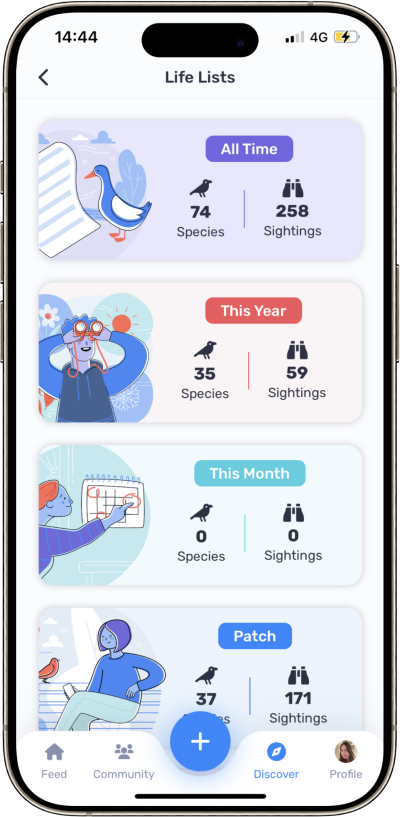loading...
Starlings, Rhabdornis
Starlings, belonging to the family Sturnidae, are small to medium-sized birds recognized for their strong flight, gregarious nature, and diverse vocal abilities that can mimic sounds like car alarms and even human speech. The common starlings in Europe and North America and the common mynas in Asia and the Pacific are well-known to many people in these regions. These birds, native across Europe, Asia, Africa, northern Australia, and Pacific islands, have become invasive in North America and other introduced regions, often outcompeting local bird species. Starlings prefer open environments and consume a diet mainly composed of insects and fruit, often feeding by a method called "open-bill probing." These birds are visually striking, frequently displaying dark plumage with a metallic sheen, and many species nest in holes, laying blue or white eggs.
The family exhibits a striking variety in size and coloration, with the lightest species being Abbott's starling at 34 grams and the largest potentially being the Nias hill myna which can reach 400 grams in captivity. Plumage can have structural colors without pigmentation, and some species sport unique features like crests or elongated tail feathers. Most starlings are social, forming large roosts, and a few are proficient mimics with extensive repertoires. They have adapted to various habitats, barring the driest deserts, and display a mix of migratory and resident behaviors.
Starlings belong to the superfamily Muscicapoidea, which includes thrushes, flycatchers, and the Mimidae family found in the Americas. The family Sturnidae likely emerged in East Asia or the southwestern Pacific, and the group has since diversified broadly with numerous lineages in Asia-Pacific and Africa. Notably, some treecreeper-like species found in the Philippines may belong to this family. Despite their varied taxonomy, the Oriental-Australasian and Afrotropical-Palearctic clades remain prominent divisions within the starling family, with a wide array of genera and species reflecting the family's diversity and broad distribution.
Regions
Categories
All
African & New World Parrots
African Barbets
Anhingas, Darters
Austral Storm Petrels
Barn Owls
Bee-eaters
Bulbuls
Buntings
Bushshrikes
Bustards
Buttonquail
Caracaras, Falcons
Chats, Old World Flycatchers
Cisticolas & Allies
Cormorants, Shags
Coursers, Pratincoles
Crab-plover
Cranes
Crombecs, African Warblers
Crows, Jays
Cuckoos
Cuckooshrikes
Drongos
Ducks, Geese, Swans
Egyptian Plover
Figbirds, Orioles, Turnagra
Finches, Euphonias
Finfoots
Flamingos
Flufftails
Frigatebirds
Gannets, Boobies
Grassbirds & Allies
Grebes
Ground Hornbills
Guineafowl
Gulls, Terns, Skimmers
Hamerkop
Herons, Bitterns
Honeyguides
Hoopoes
Hornbills
Hyliotas
Hypocolius
Ibises, Spoonbills
Indigobirds, Whydahs
Jacanas
Kingfishers
Kites, Hawks, Eagles
Larks
Laughingthrushes & Allies
Leaf Warblers & Allies
Monarchs
Mousebirds
New World Quail
Nicators
Nightjars
Northern Storm Petrels
Old World Parrots
Old World Sparrows, Snowfinches
Ospreys
Ostriches
Owls
Oxpeckers
Oystercatchers
Painted-snipes
Pelicans
Penduline Tits
Petrels, Shearwaters, Diving Petrels
Pheasants & Allies
Pigeons, Doves
Pittas
Plovers
Rails, Crakes & Coots
Reed Warblers & Allies
Rollers
Sandgrouse
Sandpipers, Snipes
Secretarybird
Shoebill
Shrikes
Skuas
Starlings, Rhabdornis
Stilts, Avocets
Stone-curlews, Thick-knees
Storks
Sunbirds
Swallows, Martins
Swifts
Sylviid Babblers
Thrushes
Tits, Chickadees
Treecreepers
Trogons
Tropicbirds
Turacos
Vangas & Allies
Wagtails, Pipits
Wattle-eyes, Batises
Waxbills, Munias & Allies
Weavers, Widowbirds
White-eyes
Wood Hoopoes
Woodpeckers
Yellow Flycatchers

Black-bellied Starling
Notopholia corusca
Bristle-crowned Starling
Onychognathus salvadorii
Chestnut-bellied Starling
Lamprotornis pulcher
Fischer's Starling
Lamprotornis fischeri
Golden-breasted Starling
Lamprotornis regius

Greater Blue-eared Starling
Lamprotornis chalybaeus
Lesser Blue-eared Starling
Lamprotornis chloropterus
Magpie Starling
Speculipastor bicolor

Red-winged Starling
Onychognathus morio

Rose-coloured Starling
Pastor roseus
Rüppell's Starling
Lamprotornis purpuroptera
Sharpe's Starling
Poeoptera sharpii
Shelley's Starling
Lamprotornis shelleyi
Slender-billed Starling
Onychognathus tenuirostris
Somali Starling
Onychognathus blythii
Splendid Starling
Lamprotornis splendidus

Starling
Sturnus vulgaris
Stuhlmann's Starling
Poeoptera stuhlmanni
Superb Starling
Lamprotornis superbus

Violet-backed Starling
Cinnyricinclus leucogaster

Wattled Starling
Creatophora cinerea
White-billed Starling
Onychognathus albirostris
White-crowned Starling
Lamprotornis albicapillus
Your birdwatching journey like never before
Connect with nature in minutes
Take a walk, look out of the window and log the birds that you see. Feel good about those little connections to nature.
Discover the joy of birding
Find new birding spots, see more birds, share and celebrate with a like-minded community of nature lovers.
Play your part in saving nature
Logging your birding sightings and sessions turns into positive action for our planet. Every sighting counts.


























